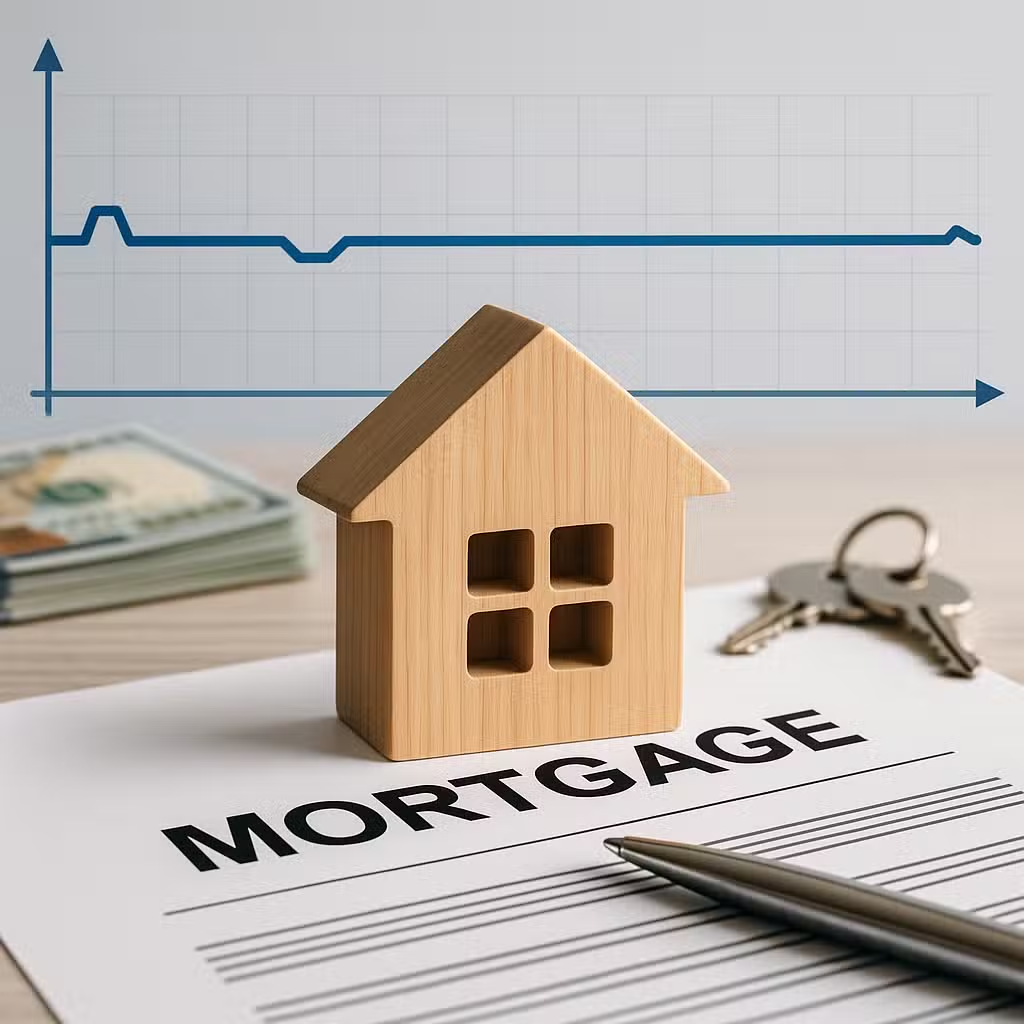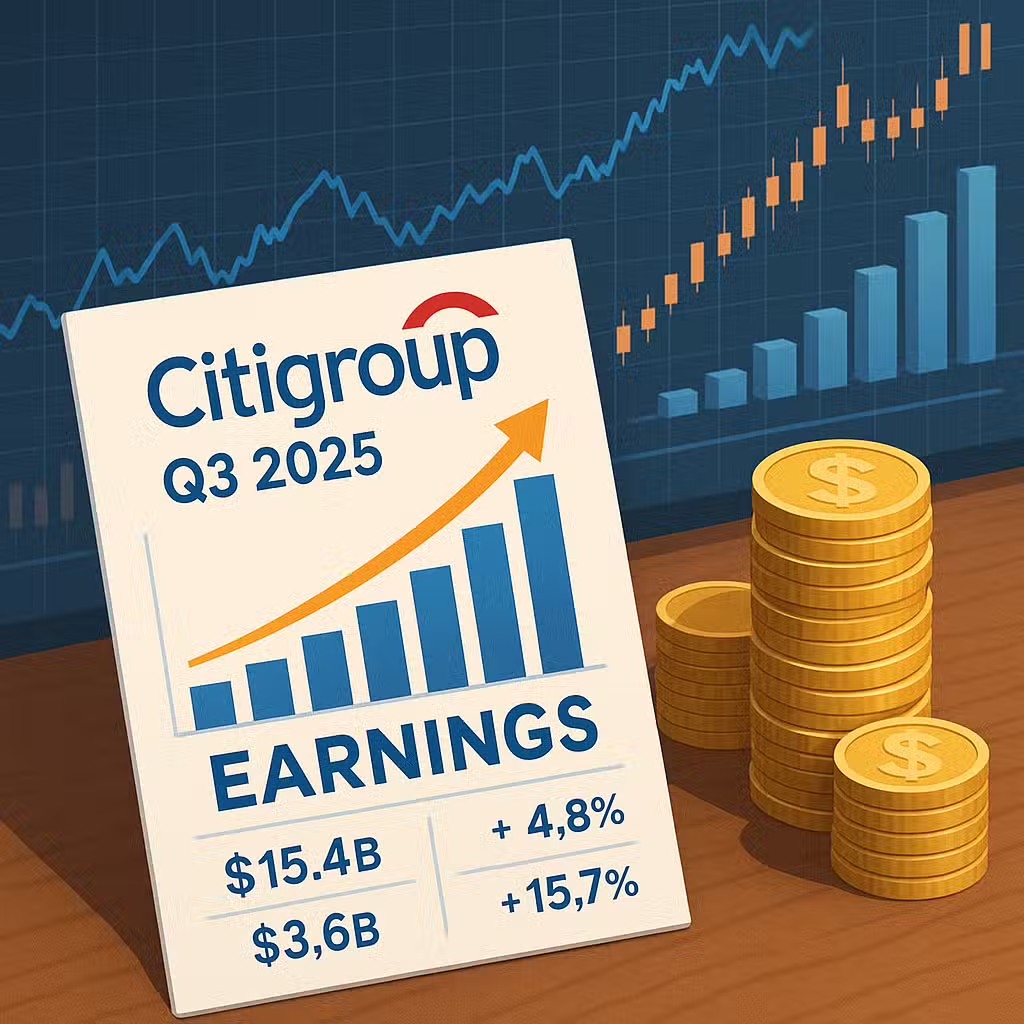Stable Mortgage Rates on October 13 Signal Predictable Costs for Homebuyers and Investors
Think of mortgage rates like the weather—sometimes they change quickly, but lately, they’ve been as steady as a calm, sunny day. This matters because, just like planning a picnic, investors and homebuyers need to know what to expect before making big decisions.
What’s Happening with Mortgage Rates?
Right now, mortgage rates haven’t moved much. According to Zillow, the average 30-year fixed mortgage rate is 6.28%, and the 15-year fixed rate is 5.56%. These rates are important because they affect how much people pay for homes and, in turn, impact the real estate market and related investments.
- 30-year fixed: 6.28%
- 20-year fixed: 5.90%
- 15-year fixed: 5.56%
- 5/1 ARM: 6.52%
- 7/1 ARM: 6.63%
- 30-year VA: 5.88%
- 15-year VA: 5.39%
- 5/1 VA: 5.76%
These numbers are national averages, so your local rates may be a bit higher or lower.
Bull Case: Why Steady Rates Are Good
- Predictability: Investors and homebuyers can plan better when rates are stable.
- Real Estate Support: Steady rates help keep housing demand from dropping suddenly.
- Borrowing Costs: If you lock in a rate now, you avoid the risk of higher costs if rates rise later.
Historically, today’s rates are higher than the lows seen in 2021 (when the average 30-year fixed rate dipped below 3% according to Federal Reserve data), but they’re still far from the double-digit rates seen in the 1980s.
Bear Case: Why Investors Should Be Cautious
- Housing Affordability: Higher rates mean bigger monthly payments, making homes less affordable for many buyers.
- Refinancing Costs: Refinancing is pricier now, which can slow down the mortgage market.
- Market Headwinds: If rates stay high, it could cool the real estate sector, which can ripple out to other parts of the market.
Today’s Refinance Rates
- 30-year fixed: 6.38%
- 20-year fixed: 5.97%
- 15-year fixed: 5.76%
- 5/1 ARM: 6.83%
- 7/1 ARM: 6.75%
- 30-year VA: 5.96%
- 15-year VA: 5.96%
- 5/1 VA: 5.61%
Refinance rates are usually a little higher than purchase rates, but not always. It’s smart to compare options if you’re thinking about refinancing.
Comparing Mortgage Types
Let’s say you borrow $300,000 on a 30-year fixed mortgage at 6.28%. Your monthly payment would be about $1,853, and you’d pay about $367,083 in interest over 30 years. With a 15-year fixed at 5.56%, your payment jumps to $2,461, but you’d pay only $142,946 in interest. The shorter term saves you money in the long run, but the monthly cost is higher.
Adjustable-rate mortgages (ARMs) often start with lower rates, but they can go up after a few years. For example, a 5/1 ARM keeps your rate the same for five years, then changes every year. This can be good if you plan to move before the rate adjusts, but risky if you stay longer.
How to Get a Better Rate
- Save for a bigger down payment.
- Work on your credit score.
- Pay down other debts.
- Shop around and compare lenders.
- Consider buying “points” to lower your rate at closing, but check if it’s worth the upfront cost.
What’s Next for Mortgage Rates?
Experts don’t expect rates to fall much before the end of the year, as the Federal Reserve keeps an eye on inflation and the economy. The current 30-year rate is only a little above its lowest point this year, so big changes aren’t likely soon.
Investor Takeaway
- Plan for Steady Rates: Don’t wait for a big drop—make decisions based on today’s numbers.
- Watch Housing Affordability: Higher rates may slow home sales, which can impact real estate stocks and REITs.
- Consider the Long Term: Locking in a fixed rate now could protect you if rates rise later.
- Diversify: If you invest in real estate, balance your portfolio with other sectors in case housing cools.
- Stay Informed: Keep an eye on economic news, since inflation or Fed changes could shift rates quickly. For more context, check out historic rate trends from the Federal Reserve.
For the full original report, see Yahoo Finance







